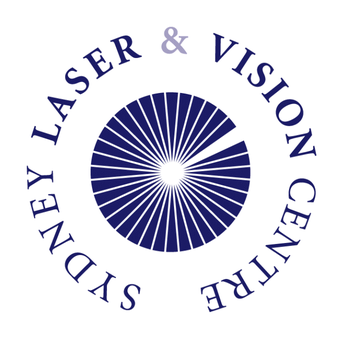LASIK vs Contact Lenses: Dr David Robinson ophthalmologist
Unsure about LASIK because of the risk of complications? Sticking with your contact lenses? This post looks at the real risks of contact lens wear and whether LASIK might just be a safer option in the long term.
Contacts are safer than they used to be, right?
Corneal microbial infection is a rare but potentially catastrophic event, which can cause permanent scarring. It is associated with contact lens wear as well as laser eye surgery among other things.
Despite the inconvenience and discomfort, contact lenses have traditionally been seen as a safer option than laser eye surgery as a way of correcting shortsightedness and other visual errors. Recent studies, however, and have concluded otherwise.
The past decade has seen hundreds of millions of dollars being poured into research and development of new contact lens materials, designs and wearing modalities.
Despite this massive investment, studies show that while comfort has improved, the rate of contact lens-related serious eye infections remains the same. How is this possible?
A medical device becomes a commodity…
One theory is that lenses are marketed more casually than ever before, especially one-day lenses, which many users purchase over the Internet for perceived cost savings.
Casual attitudes to hygiene, such as not washing hands thoroughly before handling, sleeping in lenses overnight or storing lenses in saline for a second use, all lead to a greater risk of infection. It is thought that these lax attitudes have cancelled out the advantages of better materials and more frequent replacement.
How does corneal infection occur?
The eye is an almost sterile environment. Unlike the mouth, which literally contains millions of bacteria, the eye has almost none, other than a few that fall in off the eyelashes and eyelids. Even if bacteria get into the eye, the tears are a powerful antibacterial agent and the lids and lashes sweep them away immediately. The cells of the outer later of the cornea – or epithelium – are so tightly joined together that bacteria just can’t get through.
So, in order to get microbial infection in the cornea (also called microbial keratitis) there must be a compromised corneal surface. These conditions can occur after laser eye surgery as well as in contact lens wear (and severe dry eye and other ocular surface diseases). Bacteria and other opportunistic pathogens can gain access to the deeper layers of the cornea and infection can take hold.
The microbes can come from anywhere, but there are some regular offenders, such as tap water, dirty hands and contact lenses and their cases.
Do all contact lenses carry the same risk?
Rigid gas permeable (also called RGP or hard) lenses are associated with the lowest risk of contact lens-related eye infections, at about 1 case per 10,000 wearers every year. But hard lenses do not enjoy widespread usage in Australia.
Daily wear lenses are associated with an annual risk of twice that of RGPs (2 cases per 10,000 every year). Extended wear lenses (worn overnight) have an incidence of infection of 12 cases per 10,000 – or 6 times the risk associated with daily wear lenses.
The incidence of microbial keratitis per year after LASIK, has been calculated at about 4 cases per 10, 000 (.04%). This was found by averaging many studies around the world. This incidence may be lower in Australia, particularly with an experienced surgeon. This is twice the risk of wearing daily wear soft contact lenses for one year. But extended wear lenses carry 3 times the risk associated with LASIK every year they are worn.
LASIK is usually performed once in a lifetime and so the risk is once off, while contact lenses carry their risk of infection year after year. (The studies factored in a 10% retreatment rate for LASIK and the results varied very little).
By your third year in soft lenses, the risk of a corneal infection is higher for contact lens use than for LASIK, especially where extended wear lenses are worn. But laser vision correction provides lifestyle advantages and freedoms over contact lenses, especially for travel, water sports and day-to-day convenience and comfort.
Dr David Robinson ophthalmologist and eye surgeon has performed over 8000 LASIK / Laser Vision procedures and is an expert in laser vision correction.
Had enough of uncomfortable contact lenses? Looking for an alternative? Call 1800 25 20 20 and make an appointment with Dr David Robinson ophthalmologist and eye doctor.
References
Risk for microbial keratitis: Comparative meta-analysis of contact lens wearers and post-laser in situ keratomileusis patients
Journal of Cataract & Refractive Surgery (JCRS) Vol 43 Page 67 January 2017
